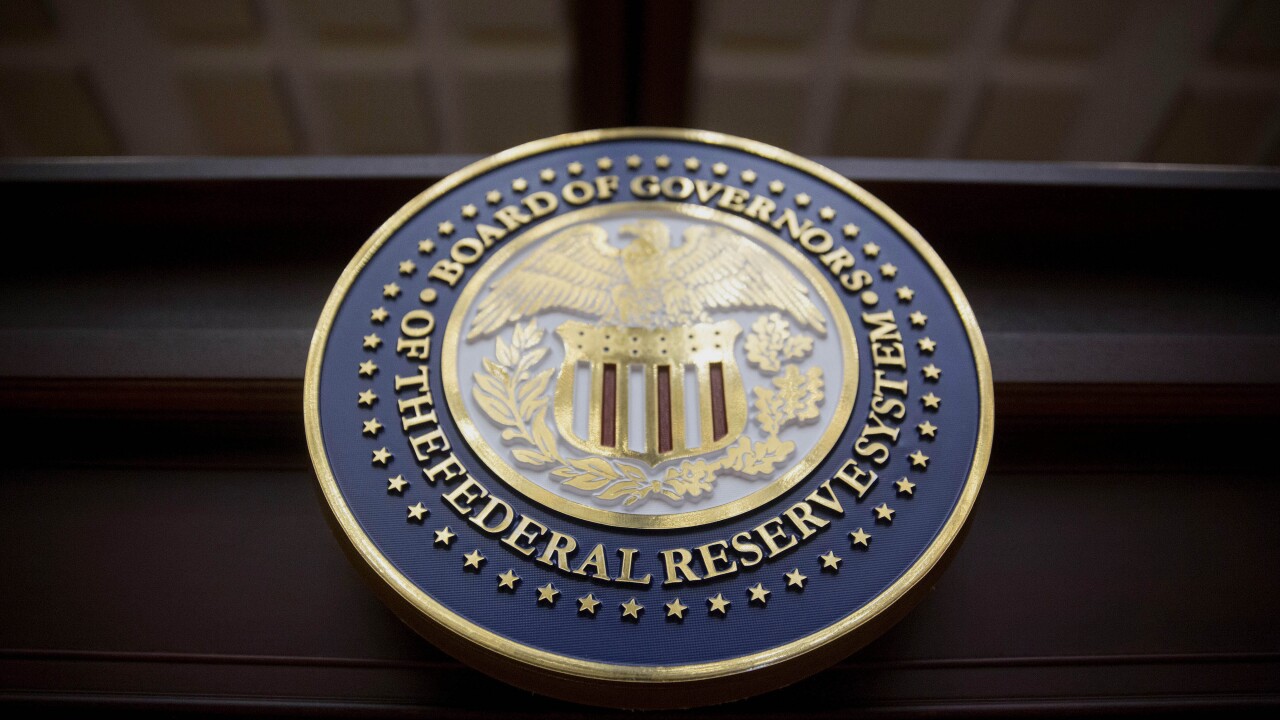Treasury market bulls and bears fought to a draw this week as conflicting private-sector data on the health of the US labor market left expectations for another Federal Reserve interest-rate cut in December in limbo.
Signs of labor-market weakness — the justification for Fed rate cuts in September and October — fueled gains for Treasuries during the week. But indications of strength also drove selling. Meanwhile, the Labor Department's landmark employment report failed to materialize for a second straight month as the US government shutdown that began Oct. 1 became the longest on record.
READ MORE:
The market was also buffeted by the prospect that the Trump administration's tariffs — which have bolstered the nation's finances — may not survive a legal challenge.
After all that, Treasury yields traded Friday around the same levels as a week earlier, with the 10-year falling one basis point to 4.07%.
"Most of what we're getting out of alternative and private data sources is validating what we had before the shutdown began — a slowdown in the labor markets," said Jeff Rosenberg, portfolio manager of the systematic multistrategy fund at BlackRock, on Bloomberg Television Friday. "When it all lines up, it points in one direction: 70% odds of the Fed continuing its easing cycle in December."
The market had fully priced in a cut on December 10 in the days leading up to the Fed's meeting last month. But Chair Jerome Powell took some steam out of those bets by saying it was "not a foregone conclusion."
READ MORE:
Several Fed officials have since reinforced that cautious approach as inflation remains persistently above target.
The market faces fresh tests of demand next week with auctions of new three- and 10-year notes and 30-year bonds — totaling $125 billion — starting Monday.
"Ten-year yields below 4.10% are fair in the broader scheme," Ian Lyngen, head of US rates strategy at BMO Capital Markets, wrote in a note Friday, "particularly as next week's known events are effectively limited to the auctioning of 3s, 10s and 30s."





